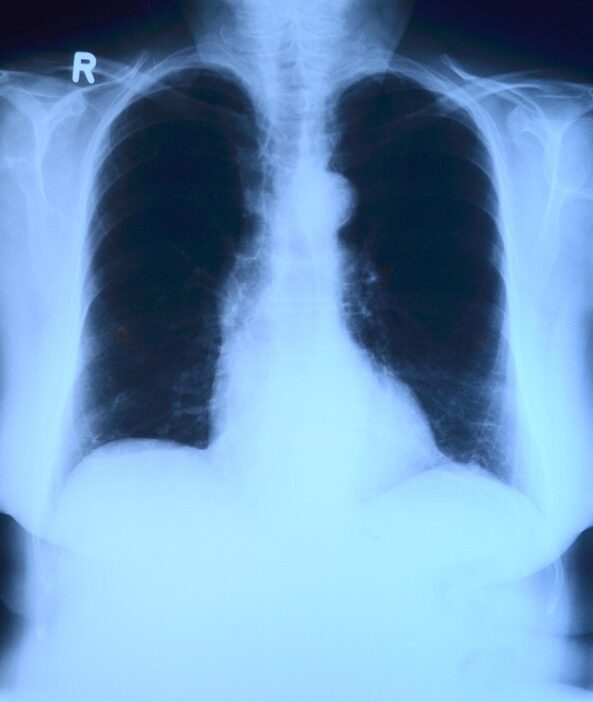In the realm of computer graphics, few techniques have captured the imagination of developers and artists alike as effectively as ray tracing. Once a tool exclusive to high-end visual effects and animation studios, ray tracing has steadily seeped into mainstream gaming and real-time graphics applications, fundamentally altering how we perceive and create digital images. This article delves into the science behind ray tracing, its applications, and the technology driving its current resurgence.
Understanding Ray Tracing
Ray tracing is a rendering technique that simulates the way light interacts with objects in a virtual environment. At its core, the process involves tracing rays of light as they travel through a scene, ultimately determining how they collide with various surfaces and contribute to the final image. The fundamental steps in this process can be broken down as follows:
-
Ray Casting: The rendering process begins by sending rays from the camera (or viewer’s perspective) into the scene. Each ray is cast into the virtual world to discover what it hits first. This step essentially determines the pixels on the screen that will be populated by geometry.
-
Intersection Tests: For each ray, the algorithm checks for intersections with objects in the scene. This involves calculating the geometry of objects (like spheres, planes, or more complex shapes) to determine if and where the ray hits these surfaces.
-
Shading: Once an intersection is found, the next step is shading. This is where the algorithm determines the color and brightness of the pixel based on numerous factors:
- Surface Properties: Material characteristics such as color, reflectivity, and transparency.
- Lighting: The position and intensity of light sources, which can be direct or indirect.
- Shadow Calculations: Determining whether a point on the surface is in shadow or illuminated by a light source.
- Reflection and Refraction: To achieve realism, ray tracing also accounts for reflection and refraction. When rays hit reflective surfaces, additional rays are spawned to capture reflections. Similarly, rays that pass through transparent materials are refracted, contributing to the perception of depth and dimension.
The Physics of Light
At its heart, ray tracing is rooted in the physics of light. It embraces the principles of ray optics, where light behaves as rays traveling in straight lines until they encounter different materials. The interaction of these light rays—whether they are absorbed, reflected, or refracted—represents the basis of photorealistic rendering. Techniques such as Monte Carlo integration, a probabilistic method for performing numerical calculations, are often employed to smooth out the results and manage complex lighting scenarios.
Advantages of Ray Tracing
Ray tracing offers several advantages over traditional rasterization methods commonly used in game development:
- Realism: Ray tracing can produce images with unmatched realism due to its ability to simulate complex phenomena like global illumination, caustics, and soft shadows.
- Natural Light Interaction: By accurately modeling how light interacts with surfaces, ray tracing creates images that can replicate the intricacies of real-world lighting conditions.
- Simplified Caching: In certain scenarios, the inherent nature of ray tracing allows for better optimization of rendering resources, particularly in static scenes or sequences with consistent lighting.
Challenges of Ray Tracing
Despite its advantages, ray tracing is not without challenges. The most significant issue is performance; tracing millions of rays for each frame can be computationally expensive. This means that while interactive experiences such as gaming can benefit from ray tracing, achieving real-time rendering at high resolutions often requires sophisticated techniques, including:
-
GPU Acceleration: Modern graphics cards are now equipped with dedicated hardware for ray tracing, enabling faster computation. Technologies such as NVIDIA’s RTX and Microsoft’s DirectX Raytracing (DXR) have significantly reduced the time taken to render each frame.
- Hybrid Rendering: Many modern engines combine ray tracing with traditional rasterization methods. For instance, ray tracing can be used selectively for reflections and shadows while using rasterization for the bulk of the scene geometry, providing a balance between performance and visual quality.
The Future of Ray Tracing
As technology continues to advance, the future of ray tracing looks promising. With ongoing innovations in hardware acceleration, optimized algorithms, and AI-driven enhancements, it is likely that ray tracing will become a staple in real-time graphics, pushing boundaries in virtual reality, cinematic experiences, and beyond.
Ray tracing heralds a new era in digital visuals, where the lines between reality and virtuality blur, offering creators an unparalleled tool to render reality with precision and beauty. For enthusiasts and industry professionals, understanding the science behind ray tracing not only enriches their appreciation of digital media but also empowers them to harness its potential in their own projects.


